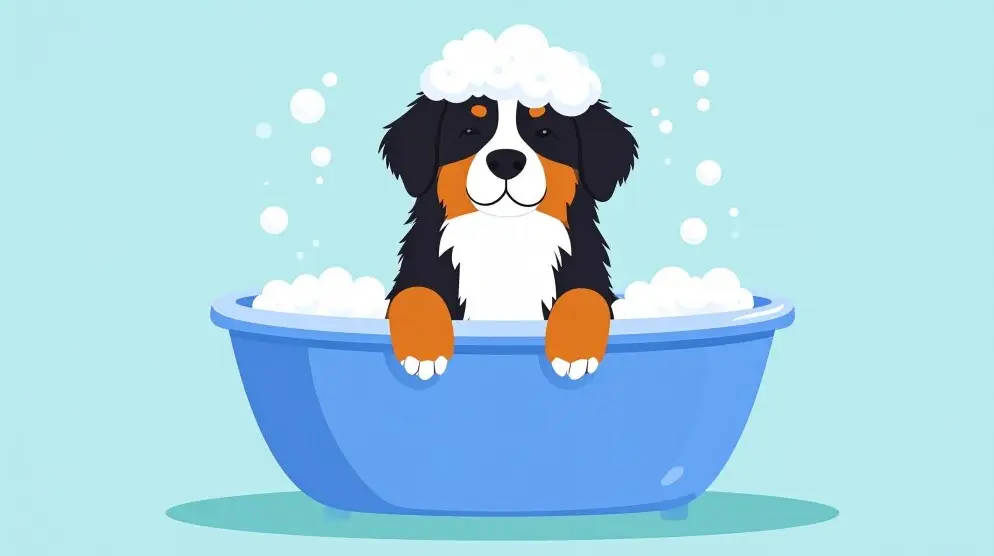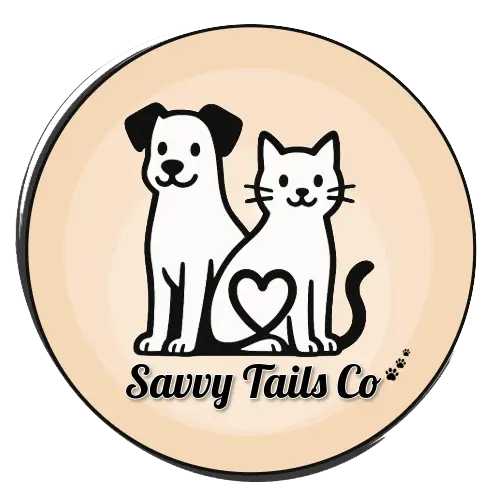
Pampering your pup at home can be simple, affordable, and enjoyable for both of you. DIY dog grooming doesn’t have to be a battle of wills or a wrestling match. I’ve picked up some easy tricks and fuss-free tools that have turned grooming sessions with my own dog into a smooth part of our regular routine. Here’s everything you need if you want to skip the groomer while keeping your four-legged buddy looking and feeling their best.
Getting Started with At-Home Dog Grooming
Keeping your dog clean goes way beyond a shiny coat. Good grooming helps spot early signs of health issues and keeps things like matting, pests, or itchy skin under control. Getting set up at home doesn’t mean dropping big bucks on fancy equipment. The basics are all you really need to do a solid job.
Most dogs aren’t born spa day fans, and that’s totally normal. The trick is to keep things calm, have everything you need ready, and create a positive space for your pup. Slow and steady helps a nervous or fidgety dog feel safer during their makeover.
What You’ll Need for Stress-Free Grooming
When I first started grooming my dog at home, the aisles of pet stores made my head spin. After plenty of trial and error, I’ve found these few supplies cover the basics:
- Brushes and Combs: Slicker brushes work for most coats, while a comb is great for stubborn tangles. For shorthaired pups, a rubber grooming mitt is all you need.
- DogFriendly Shampoo: Choose a gentle, unscented formula. No harsh human stuff. Oatmeal or hypoallergenic varieties are worth checking out for sensitive skin.
- Nail Clippers or Grinders: Nail trims keep your dog’s feet healthy and furniture and floors scratch-free. Clippers work for most, but a grinder can make things smoother for newbies.
- Dog Towels: These can soak up lots of water and handle mud or fur better than your bath towels.
- Treats: Nothing would get my dog to sit still like the promise of a tasty snack for being good.
You can add extras like ear cleaning solution or a toothbrush (yep, for your dog), but these basics will cover most of your at-home spa day needs.
Easy Step-by-Step Grooming Routine
Every dog’s needs are a little different, but I’ve broken down the main steps that keep things feeling relaxed and manageable at home. Here’s my go-to order for a simple, all-around cleanup:
- Brush First: Grab the brush and tackle mats or shedding before anything else. This helps cut down on the mess later, and dogs usually find brushing less stressful when dry.
- Bathe: Warm water (Not hot!) and gentle dog shampoo are all you need. Start at the neck, work down, and rinse very thoroughly. Most dogs only need a bath every few weeks, because overdoing it can dry their skin.
- Towel Dry: Dry off your dog with a super absorbent towel or use a blow dryer on the lowest, coolest setting. Make sure to keep the dryer moving and watch for signs of stress. Some dogs are NOT fans of the dryer!
- Nail Care: Trim or grind the tips. Trim just a small amount at a time, making sure not to hit the quick (live tissue).
- Ear Cleaning: If your dog’s prone to ear gunk, use a dog-safe cleanser. Only clean what you can see; no poking deep with cotton swabs.
- Tooth Care: Even brushing your dog’s teeth once in a while cuts down on future vet bills. Use toothpaste made for dogs. They come in flavors most pups don’t mind (like chicken, oddly enough!).
Reward your dog after each step with treats or playtime. They’ll start to see grooming as something positive.
Common Roadblocks and How to Dodge Them
Plenty of dogs fidget, hide, or just plain resist when it’s time for a trim or bath. I’ve dealt with my fair share of muddy escapes and towel tugs, but these tricks can help make things go smoother:
- If Your Dog Hates Baths: Use a nonslip mat (especially for senior dogs) for steady footing and go easy with water near their head. Some pups relax more with a lickmat smeared with peanut butter stuck to the side of the tub.
- Tackling Tangles: Fighting with big knots never ends well. A spritz of leave-in conditioner or detangling spray can be useful. Always start from the end of the tangle and work toward the skin.
- Nail Trimming Nerves: New to trimming? Just take a tip off one nail each day instead of all at once, which keeps things stress-free for both you and your dog. For dark nails, just trim little bits instead of guessing where the quick is.
- Uncooperative Dogs: Keep sessions short (even five minutes is great!) and always end on a positive note. Praise and treats go a long way in building good vibes around grooming time.
Brush and Bath Know How
Not every dog coat is the same. Here are a few quick pointers depending on what kind of fur your pup has:
- Short Coats: Once a week with a mitt or soft brush does the trick.
- Long or Double Coats: Aim for a few times a week. Focus on spots behind the ears and under the legs where tangles form fast.
- Curly Coats: Daily brushing helps keep mats at bay and keeps curls looking neat.
Frequent brushing also means fewer stray hairs around the house, which is always a win.
The Basics of Bath Time
Always check the water temperature on your wrist. Lukewarm is the sweet spot. Rinse thoroughly since leftover shampoo can lead to itchiness. Most dogs don’t need constant bathing, so every month or two is usually enough unless your dog rolls in something gross (which, let’s be real, happens more often than you’d think).
Why Grooming is Really Important for You and Your Dog
Grooming isn’t just about looks. Keeping your dog’s coat hydrated, brushed, and neatly trimmed helps keep their skin comfy, prevents hotspots or matting, and nail trimming even keeps their feet from splaying or getting injured on walks. Regular checks during grooming let you spot bumps, lumps, ticks, or sore spots early on.
I’ve noticed that the more consistently I groom my dog, the calmer he seems at the vet and in new environments. It’s a blend of muscle memory and routine that really pays off down the road. When grooming is part of your regular care, you’re more likely to catch small health issues before they become major problems. Everything from a tiny burr between the toes to a new lump on the skin stands out more, giving you time to act early. This peace of mind adds real value to the grooming routine outside of just a tidy look.
Grooming together also strengthens your connection with your dog. These close-up moments give both of you a chance to relax and build trust, making the experience rewarding for both dog and owner. Plus, there’s a certain pride in keeping your dog looking and feeling their best with your own two hands.
Practical Tips for Calmer, Fear-Free Grooming Sessions
Turning grooming into a positive experience instead of a battle is totally doable:
- Pick a quiet, comfy spot where your dog feels safe (the bathroom, laundry room, or even the backyard in nice weather).
- Break up long grooming routines. Spread nail trims or ear cleaning over a few days if needed.
- Use lots of treats and a reassuring voice. These help your dog link grooming to good things instead of stress.
- Keep sessions short and upbeat, especially if you or your dog are new to this.
- If your dog gets anxious, try short bursts of grooming followed by play or cuddle time. Over a few sessions, your dog will start to expect good things after grooming, and their stress level should drop. Patience pays off in the long run.
Frequently Asked Questions
Here are some common questions about grooming at home:
How often should I groom my dog at home?
Most dogs do well with brushing at least once a week, but some breeds or coat types benefit from a quick daily session. Baths every four to six weeks are enough unless your dog loves rolling in mud.
What if my dog is really anxious about grooming?
Patience and treats make a huge difference. Start slow. Even just letting your dog sniff the brush or nail clippers and rewarding calm behavior is progress. Working up to full sessions over time helps.
Are there any areas I should pay extra attention to?
Absolutely. Check under the legs, behind the ears, and around the tail for mats. Always look at your dog’s paws, as debris or small objects can get stuck between the pads.
Is it okay to use human products on my dog?
Human shampoos are usually too harsh for dog skin. Stick to pet-safe products. Dog skin is more sensitive than ours, and using the right stuff cuts down on irritation.
Getting Comfortable with At-Home Grooming
Taking care of your dog’s grooming needs at home is way less intimidating the more you get used to it. With a handful of grooming supplies, some treats, and gentle encouragement, it’s possible to keep your dog looking great (and your sofa clear of extra fuzz). Over time, grooming sessions become quick, positive check-ins that help keep your dog healthy, happy, and comfortable. No wrestling matches or struggle necessary. Your bond gets a boost and, best of all, you both get to skip that trip to the groomer’s!
